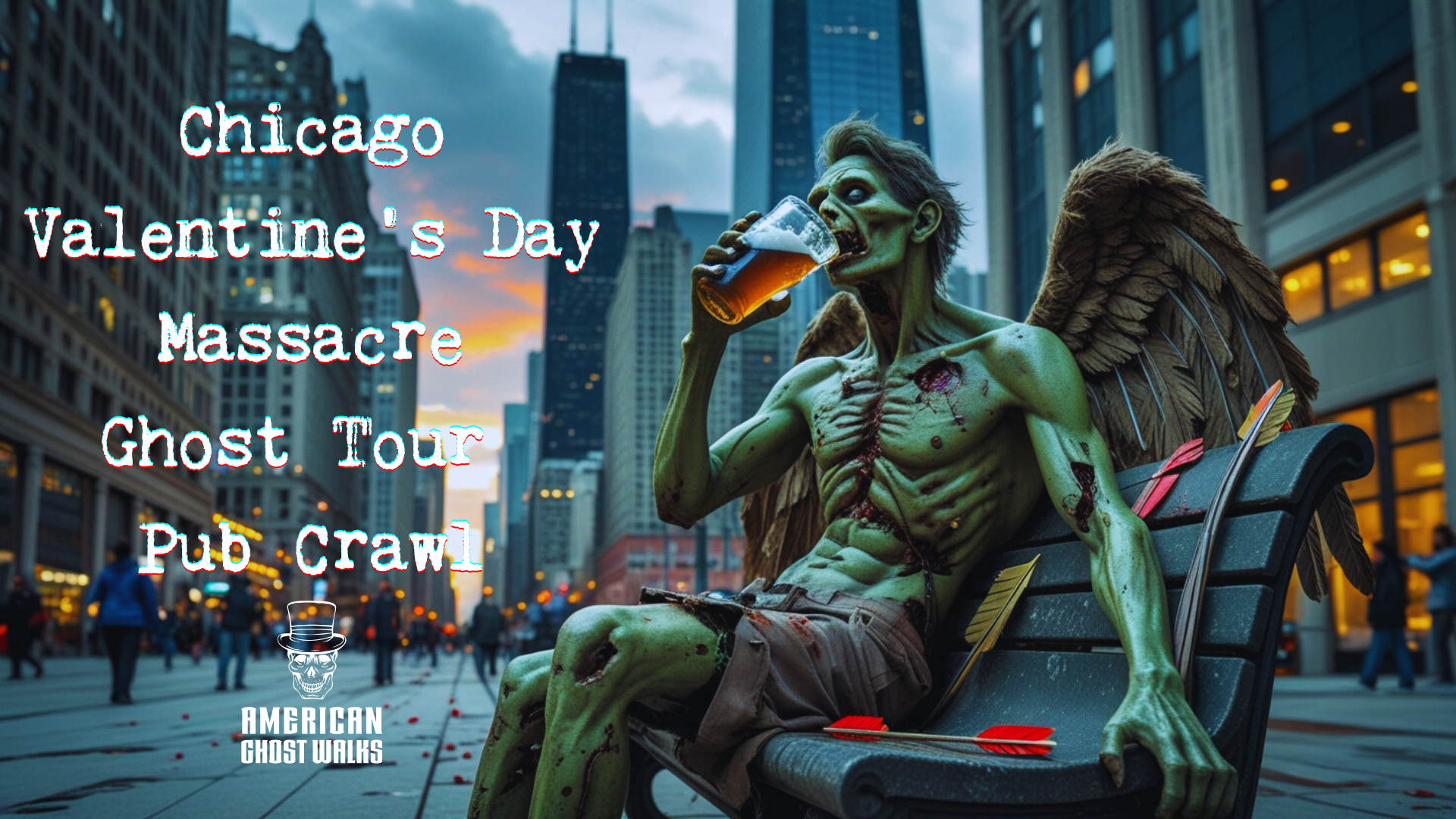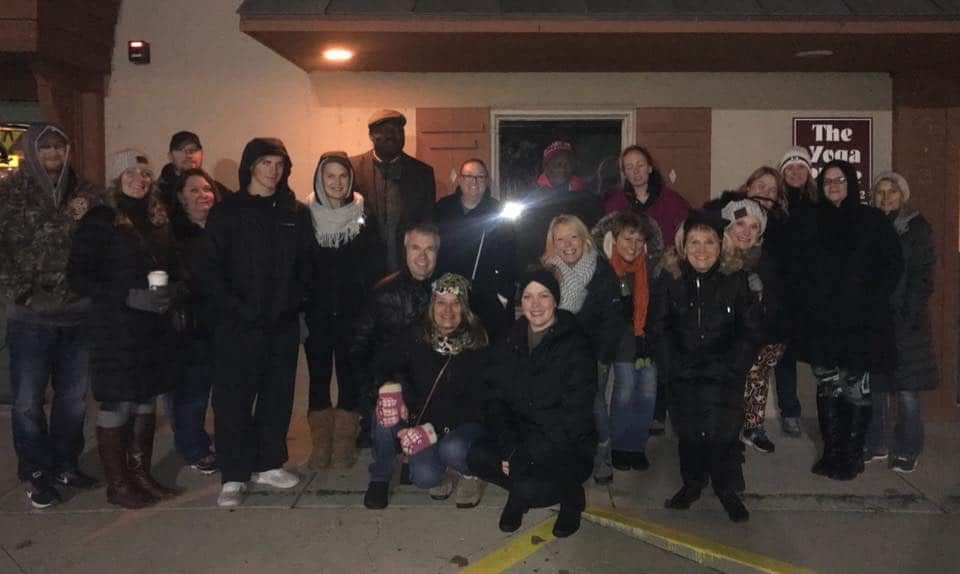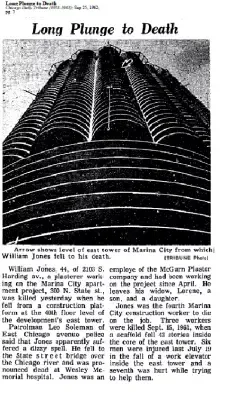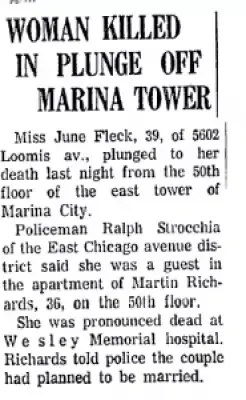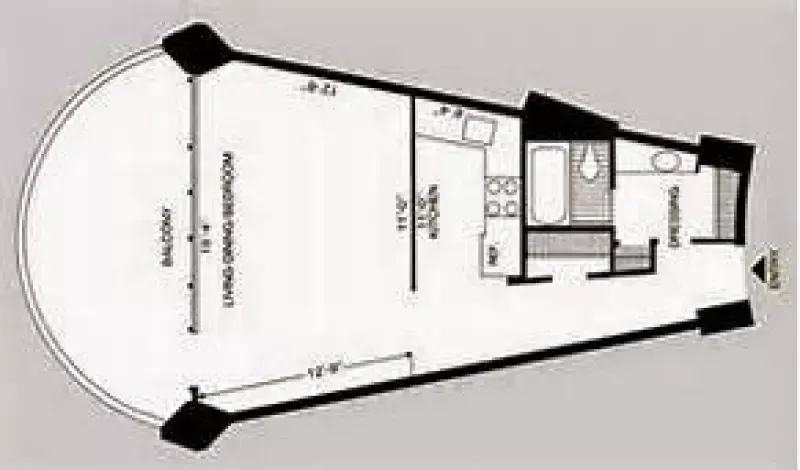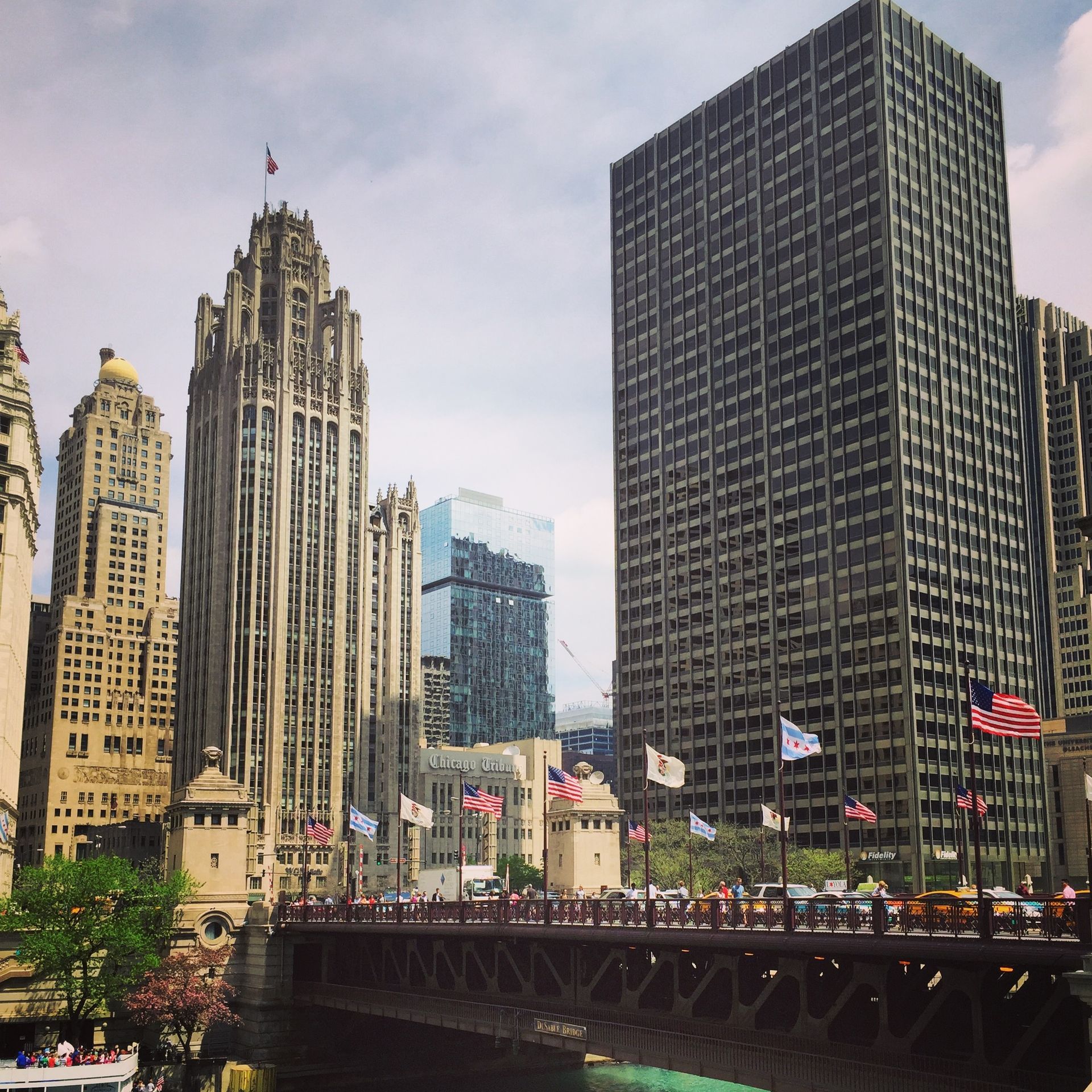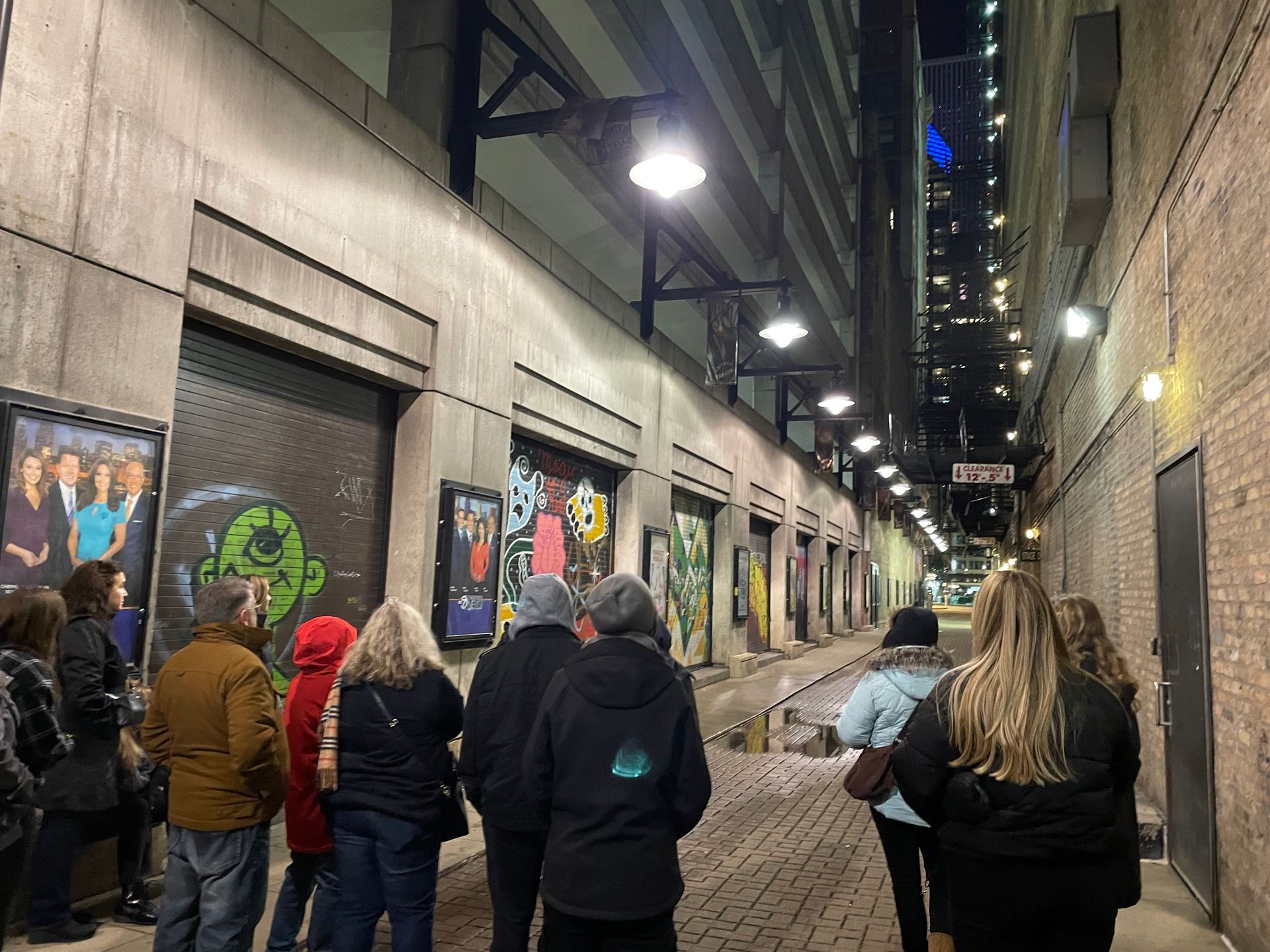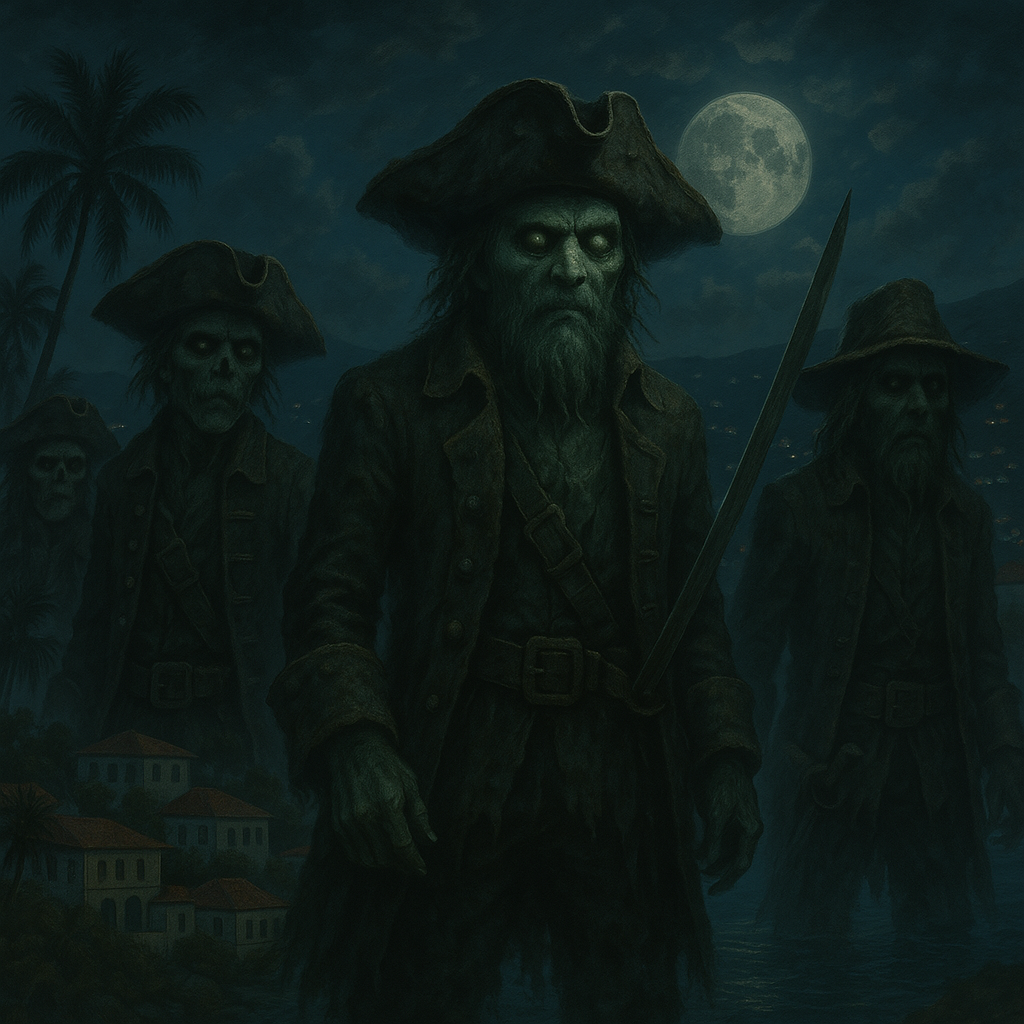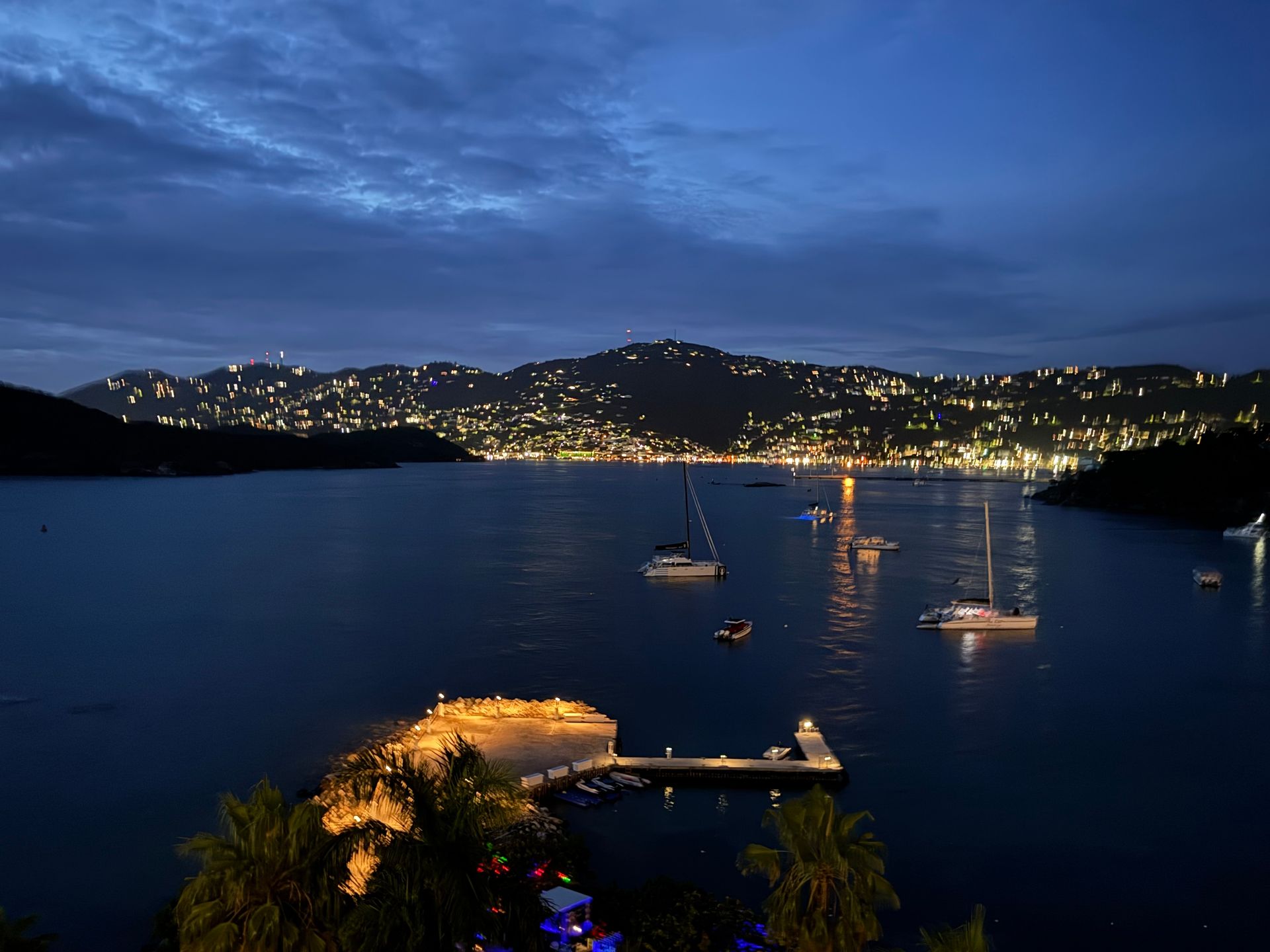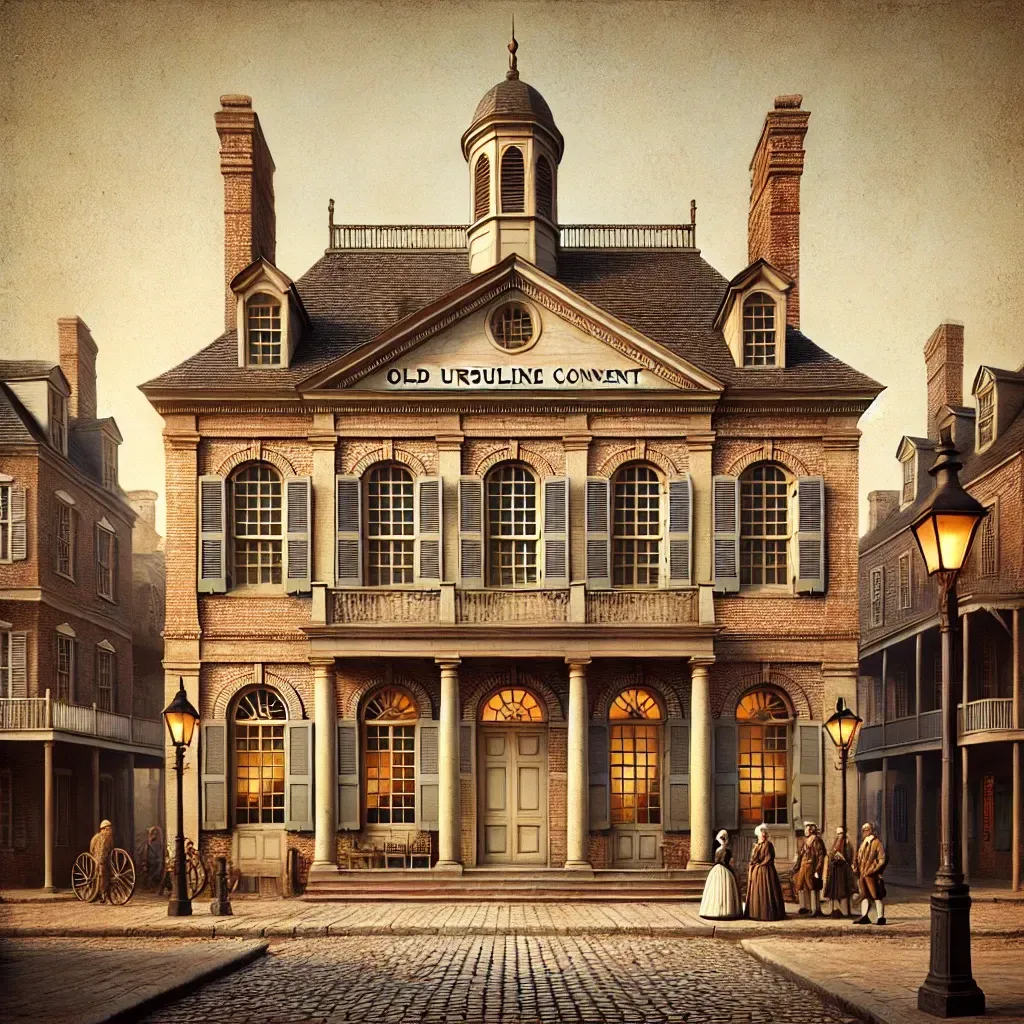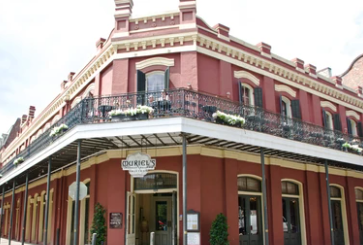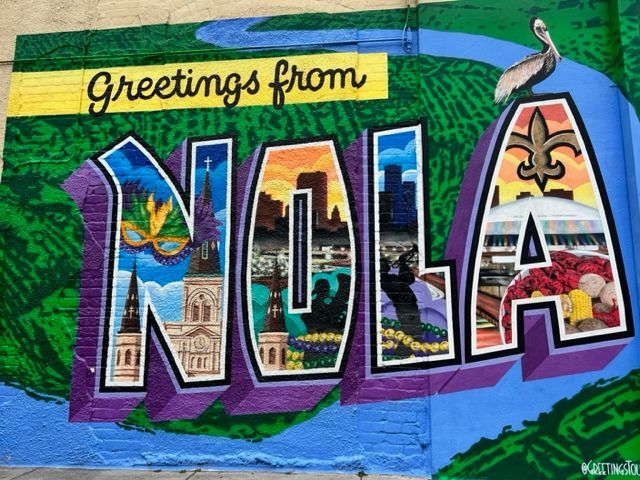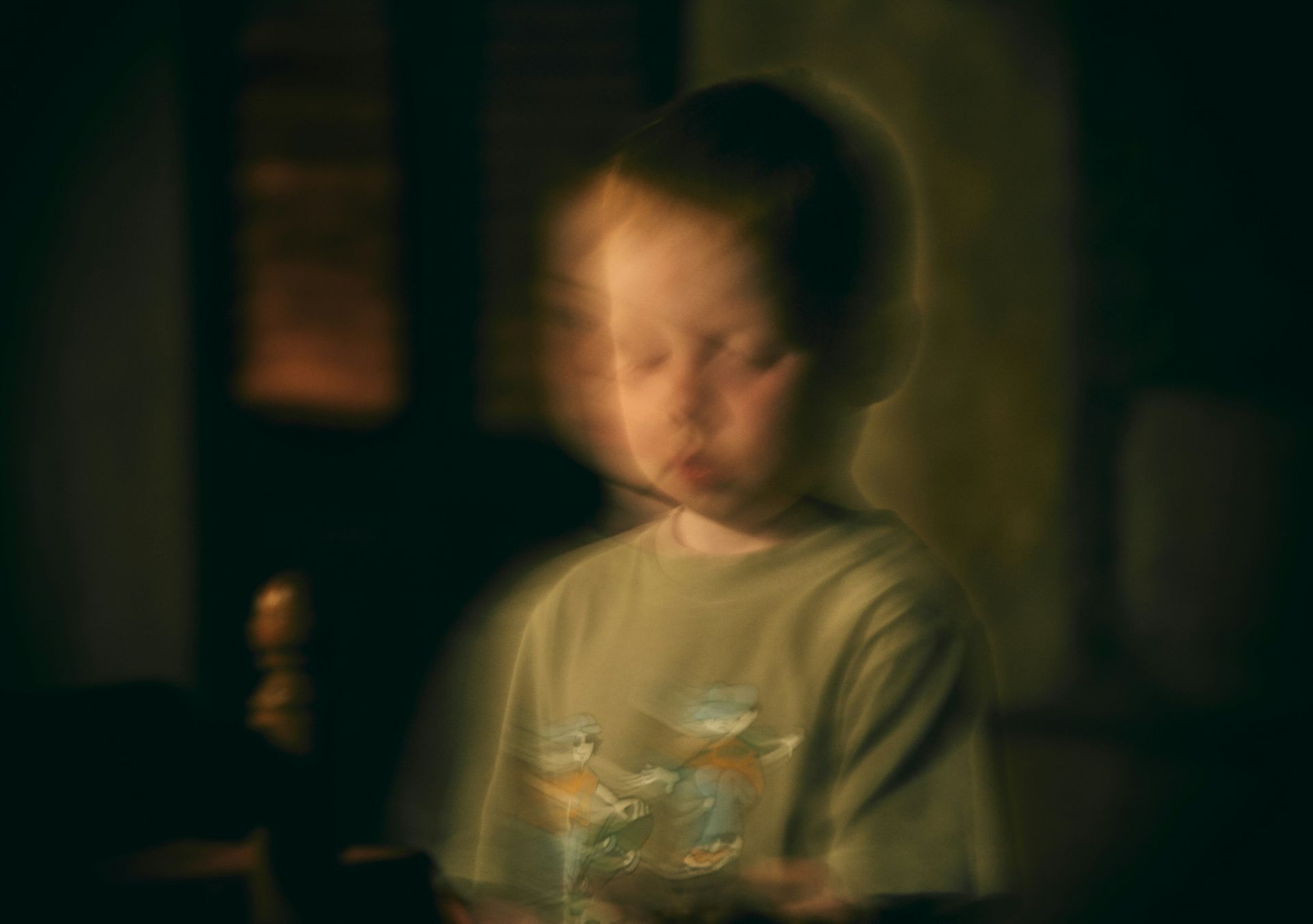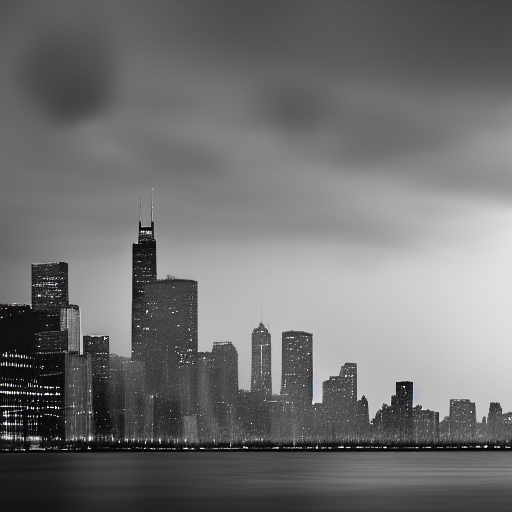The Haunted Treehouse: Ghosts of Marina City
Chicago has many "Strange Angles", those mammoths of modern architecture which--despite inspired intentions and innovative designs-- have somehow gone terribly wrong. The city can claim numerous such structures, including one of the most enigmatic on Earth: the John Hancock Center, known as the inspiration for "Ghostbusters," as a key element in the curse of the "Poltergeist" films, as the home of a colony of migrating spiders, and as the scene of almost a dozen unexplained and very dark deaths since its completion.
But the Hancock is hardly alone in its haunting of the city's skyline. While hosting a ghost tour for the Chicago History Museum, I was approached by a young woman who works near Marina City, the twin "corncobs" on Chicago's riverfront which have been an unmistakable part of the city since their completion in 1962. Like many who live or work in or near the complex, which includes hundreds of apartments, a rather unnerving parking garage, and the House of Blues music hall, the passenger on my tour wanted to know, "What's up with Marina City?" By her question, she was referring to the endless stream of reports of apparitions, shadow people, malfunctioning electronics, icy drafts, and feelings of depression or oppression which have plagued residents for decades--but only in the East Tower. Why the prevalence of phenomena . . . and why only in one of the buildings?
Treehouse of Marina City

A visit to the Chicago Tribune Archives offers some chilling possibilities..During construction of the towers, in 1961, three workers were killed when a scaffold plummeted a full 43 stories. That same year, six men were badly injured when a workers' elevator plummeted; a seventh was injured trying to help them. The next year, in 1962, worker William Jones was stricken by a dizzy spell while working on a scaffold at the 40th floor. He plunged to his death on the State Street Bridge below.
Accidents at the construction site were joined by a long string of dark deaths between 1966 and 1976. In August of 1966, Roy Holland, a real estate developer, was found to have been dead for three weeks when his body--and three suicide notes--were discovered in his 48th floor apartment. In May of 1967, 39-year-old June Fleck lept from her fiance's 50th floor apartment shortly before they planned to marry. In January of 1969, a retired government worker shot his 88-year old mother and then turned the gun on himself in their 46th floor aparartment. In June of 1973, 42- year old Sandra Easton, a computer programmer, lept to her death from her 52nd floor apartment, crashing through the canvas roof of the complex's ice rink (today the site of Smith & Wollensky restaurant). Just two years earlier, Easton had been saved from an earlier attempt to jump. In 1972, 25-year-old Gloria Kirpatrick, 39th floor resident and manager of the Marina City Theater (now the House of Blues) was stabbed to death outside the building. In January of 1976, 25-year-old Kenneth Parvin fell to his death from a 57th floor apartment, landing between the two towers on Marina City Drive. Whether the death was accidental or intentional, or the result of foul play, was not known.
Every one of these incidents--accidents, murders and suicides--occurred, incredibly, in the East tower.
Paranormal theorists might be tempted to blame the architecture of the towers as a possible reason behind the dark actions of numerous residents here. Marina City apartments contain almost no interior right angles. The residential floors consist of a circular hallway wrapped around the elevator core, with 16 wedge-shaped apartments arranged around the hallway. Each wedge is trimmed with a semi-circular balcony outside a glass wall. Architect Bertrand Goldberg explained during construction that the design of each tower was meant to provide a widening vista to residents as they entered their apartments.
From the small entrance, at the narrowest part of the wedge, the apartments would open up to the wide glass wall and even wider balcony, offering the city and the lake outside--like living in a "treehouse" was how the architect described it. Could it be that this well-meant design has actually inspired some residents to take the widening vistas one step further? Could the contrast between the tiny apartment and the wide open space outside have caused an impulse for escape in more than one tenant?
But even if we venture to accept this, why have these incidents occurred in only the East tower? Though the jury may always be out on the answer, the established truth remains that the residue of these events--and their unfortunate victims--continue to make their home in their mysterious digs at 300 North State Street.
Dive deeper into the mysterious world of hauntings with our curated collection of paranormal investigations and ghostly encounters. Read more stories like this in “Ghosts of Lincoln Park: A Chicago Hauntings Companion” by Ursula Bielski, a book of downtown Chicago ghost stories written by our own American Ghost Walks team. Click here for more.
Dive deeper into the mysterious world of hauntings with our curated collection of paranormal investigations and ghostly encounters. Read more stories like this in “The Original Chicago Hauntings Companion” by Ursula Bielski, a book of Chicago ghost stories written by our own American Ghost Walks team. Click here for more.
Are you fascinated by the supernatural and craving more spine-tingling tales? Whether you're a skeptic seeking evidence or a believer looking for your next supernatural fix; "American Ghost Books" offers everything from historical haunted locations to firsthand accounts of paranormal experiences. Each book has been carefully selected to provide authentic, well-researched stories that will keep you turning pages well into the night. Don't let your curiosity about the supernatural remain unsatisfied – explore our collection and find your next ghostly adventure today!
Check out our Chicago ghost tour reviews on Google to see why this tour is a must-experience.
Find Your Next Paranormal Experience
River North Ghost Walk
Learn MoreOriginal Chicago Hauntings Ghost Bus Tour
Learn More